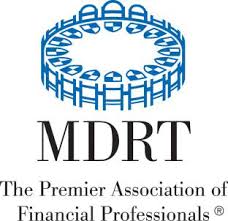What is Key Man Insurance?
Key man insurance or key person insurance is coverage that will protect a company or business in the case of an untimely death or disability of a top executive or business owner. The insurance allows a business to continue operations without a major disruption in the event of a key employee’s death, providing peace of mind to owners and shareholders in the company before and if such an incident occurred. If death or disability strikes your company, key person insurance may be the difference between the company’s demise and its ultimate success.
Key man insurance is not just life insurance. Life insurance is one of the necessary elements of a good insurance plan, however in many cases keyman disability insurance is of equally significant. The risk of disability at old age is actually higher than death at certain ages; to achieve adequate protection, most companies should secure both key man life and disability insurance for their key employees and/or executives.
How Does Keyman Life Insurance Work?
Many businesses and owners use life and disability insurance to protect themselves from the risk associated with death or disability. If you’re insured with key man life or disability, a company can cover the amount of funds needed to adequately replace a key employee in the event of their death or incident. The cost associated with securing a policy for key man insurance is very small relative to the costs and damage without it & the potential benefits a company receives if a key employee dies or is disabled.
With both key man life and disability insurance, the business secures the policy on the life of the key person. It will own the policy, pay the premiums and be the beneficiary in the event the key employee dies or is disabled.
Key person insurance policies are designed to protect the business not the key employee. If a key employee dies or is disabled, the policy proceeds can be used by the company for any purpose. Typically a businesses will use the funds received from a key man policy to cover expenses associated with finding capable replacements or to cover short term revenue deficits.

 Speak with an experienced advisor!
Speak with an experienced advisor! 





